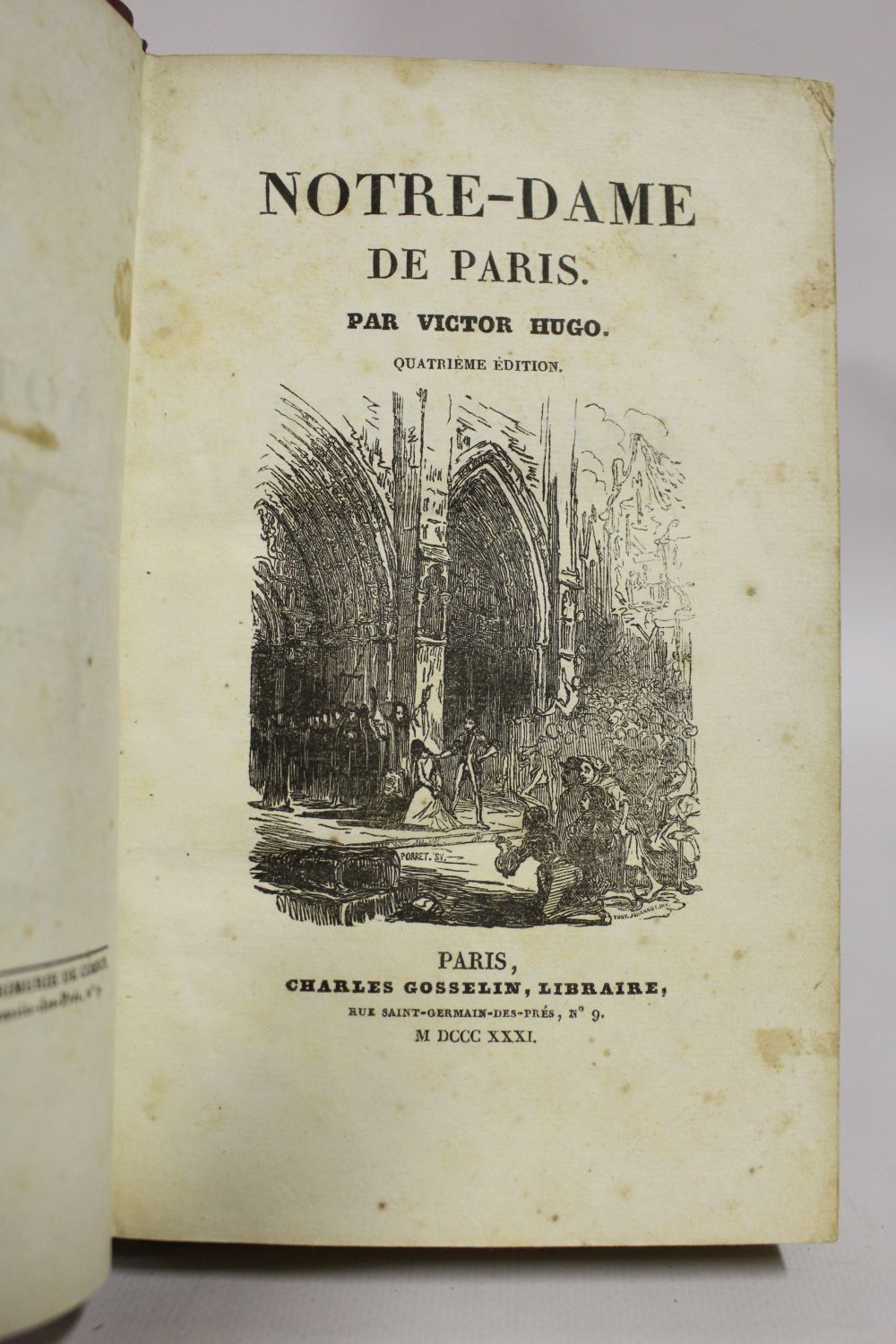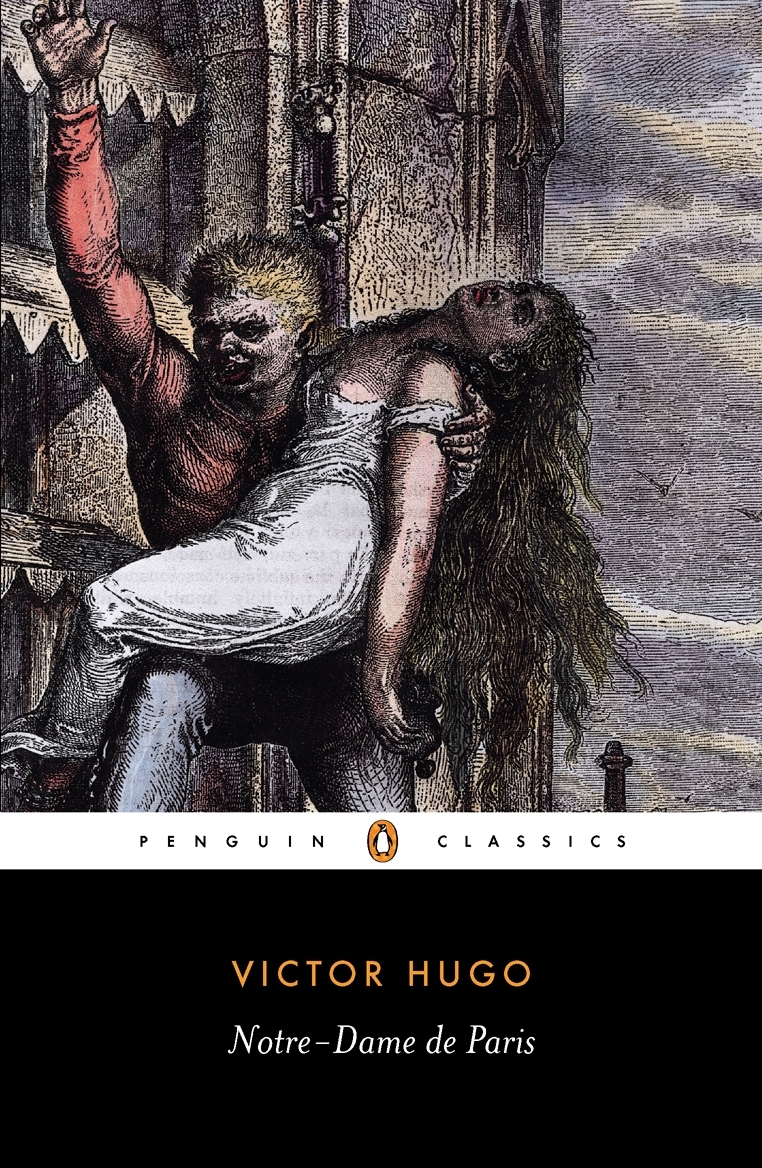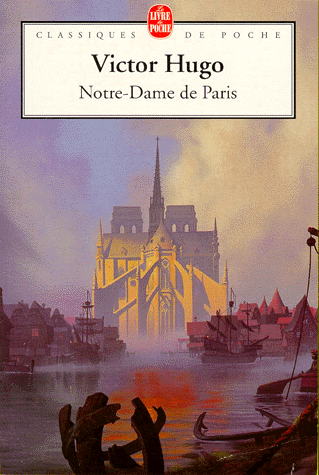

You know, people really attach to narratives. LAPIN: I think it's definitely a big part of the reason. INSKEEP: Do you think that is part of the reason that this fire seems to have touched so many hearts, even though no one was killed? And every time people hear the bells of Notre Dame, I gather that, you know, a large number of them are probably thinking about Quasimodo. So you see even today, it continues to be something that people really attach to and identify with. You know, I was asking people on Twitter to share some of their memories of the cathedral, and I was hearing from people saying, well, I remember reading this book and identifying with Quasimodo and visiting the cathedral or sitting at the Shakespeare and Company bookstore just across the Seine from the cathedral. LAPIN: What I think about is how this novel and the later adaptations that arose from it really continues to be this touchstone for so many people in terms of their relationship with Notre Dame.


What do you think about when you bring your literary background to that story of this week? INSKEEP: You know, I'm amazed to hear you talk about the bell tower because part of the story of the fire this week, which we've heard elsewhere on today's program, is firefighters going up into the bell towers, risking their lives for this building and, according to officials, saving the building from much worse damage, maybe heading it off within a very brief period of time. The story is deeply human, and there is a major restoration effort that takes place after the book's publication. People really thrill to the story of Quasimodo as, you know, this bell ringer who lives in the in the tower but is also a metaphor for the tower itself. When I talked to Catherine Clark, who's a professor of French history at MIT, she told me that Victor Hugo writes this novel as an outcry to try to bring the state of Notre Dame to state attention and public attention and alert everyone that this architectural heritage is falling apart. And he really wants this architecture to be restored for future generations. And he really wants to be, basically, a celebrity advocate for Gothic preservation. The cathedral, by this point, is in a state of neglect and disrepair, still recovering from the French Revolution just a few decades earlier. LAPIN: So Victor Hugo writes "The Hunchback Of Notre Dame" in 1831. INSKEEP: What does that mean, that the novel was part of an effort to restore the cathedral? So as restorations begin again after this week's fire, we've called writer and film critic Andrew Lapin. The novel was an effort to help restore the cathedral back then. The cathedral in the title is immortalized by Victor Hugo's 1831 novel and by later film versions of the same story. "The Hunchback Of Notre Dame" was at the top of Amazon's bestsellers list in France on Tuesday afternoon.


 0 kommentar(er)
0 kommentar(er)
